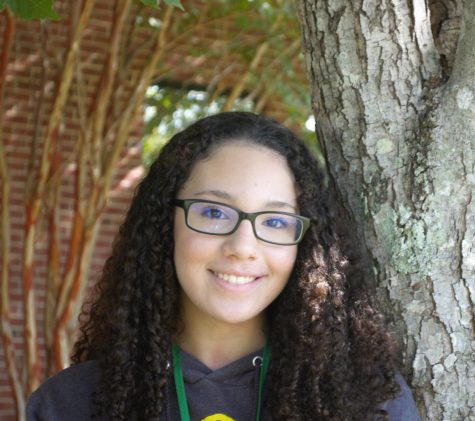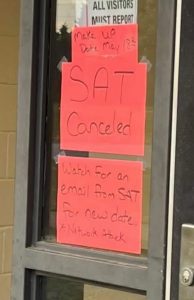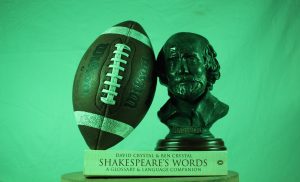The Origins of Halloween
Oct 29, 2019
Halloween is a holiday celebrated annually on Oct. 31. It’s a time when people dress up in scary, silly and/or creative costumes and go knocking on all the doors in their neighborhood, begging for candy. Halloween is something that people in countries like China, Japan, Germany, Ireland, and Greece look forward to, but why do people dress up in costumes and beg for candy?
Two thousand years ago, an ancient Celtic festival called “Samhain” was celebrated on the first of Nov. every year. The Celts (people that lived in what is now Ireland, the U.K., and France) celebrated their new year on this date. For the Celtic people, Nov. first was the day that indicated the end of summer and the beginning of winter, the time of year that was linked to human death. The Celts believed that the night before their new year, Oct. 31 was the night in which the border between the land of the living and the land of the dead is thinned, and the ghosts return to earth. Celts believed that the ghosts caused trouble and damaged crops, but they also believed that at this time, Druids, the Celtic priests, could easily predict the future. Druids would build huge, sacred bonfires and the Celtic people would then gather around the fire to burn crops and offer animal sacrifices to their deities. While this celebration took place, the Celts would dress up in costumes made of animal skins and heads and would attempt to tell each other’s fortunes. After the celebration, the Celtic people would light the hearth fires located outside their homes with the flame from the sacred bonfire, believing the notion would protect them from the long, dark and cold winter to come.
Eventually, the Celtic people were conquered by the Roman Empire. During this time, Roman festivals and the Celtic new year festival “Samhain” were combined. From this combination came two festivals: Feralia and a day to honor Pomona, the goddess of fruit and trees. Feralia was a day in Oct. in which the people pay tribute to the passing of the dead. Experts believe that we get our tradition of bobbing for apples from the day that people celebrated the fruit and trees goddess, Pomona.
By the ninth century, Christian influence had spread into the Celtic territory. In the year 1000, the church made Nov. 2 All Souls’ Day which, like the Feralia, was a day to honor the dead. All Souls’ Day was celebrated like the Celtic festival Samhain with a big sacred bonfire, costumes, and parades. However, on All Souls’ Day, people dressed up as saints, angels, and devils, rather than in animal skins like the ancient Celts did during Samhain. The night before All Saints’ Day, which is the day before All Souls’ Day, was called All-Hallows. Oct. 31 was the established date of Samhain. Over the years, Samhain began to acquire other names such as All-Hallows Eve and eventually, Halloween.
In America, Halloween was celebrated more in the southern colonies of the country. As all the beliefs and customs of Halloween merged in America, the American version of Halloween that we all know today was born. In the second half of the nineteenth century, America was filled with new immigrants, including millions of Irish people escaping the Great Hunger, a period of mass starvation and disease in Ireland in the mid-1800s. These immigrants helped to make Halloween more popular and, with modifications over the years, turned it into the Halloween we know today.
Want to learn more? Visit:
https://www.history.com/topics/halloween/history-of-halloween











